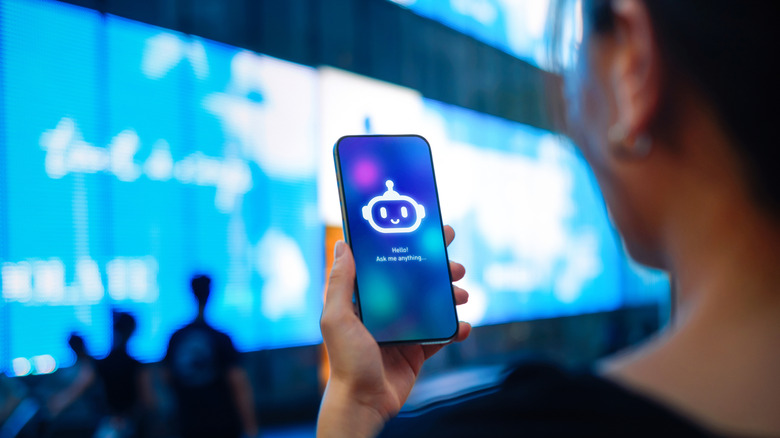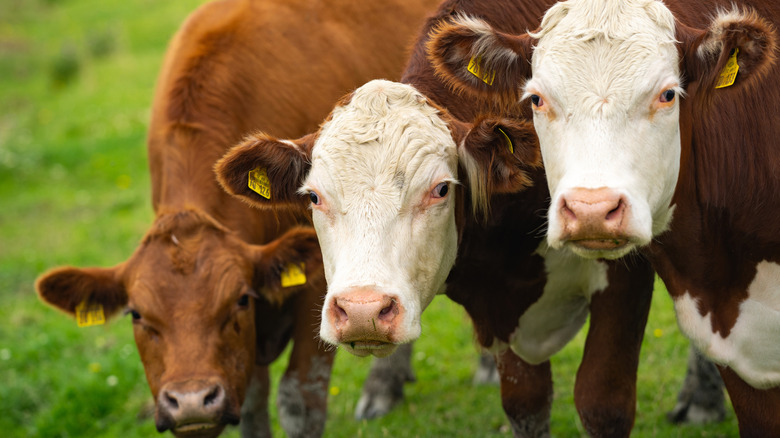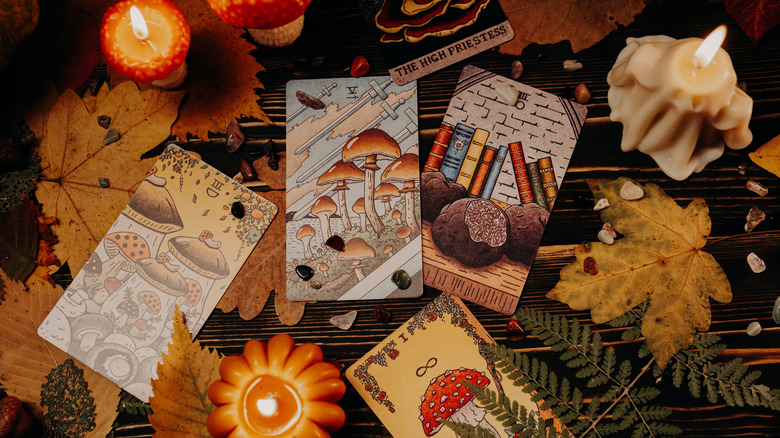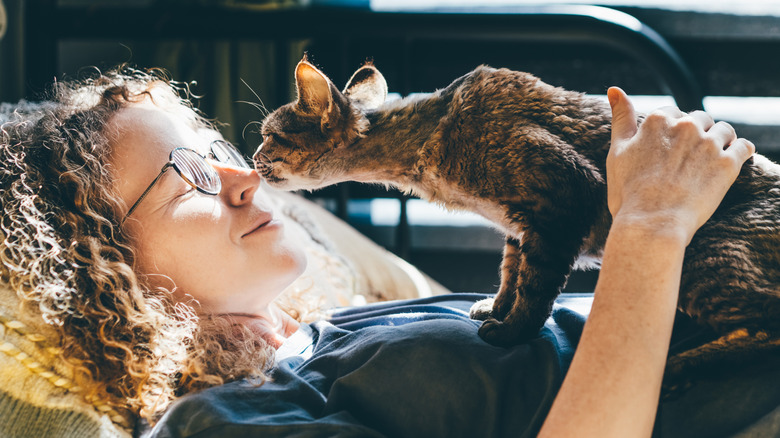5 Of The Weirdest Ways People Are Using AI Tools In 2025
AI is showing up in the strangest of places. People use it for seemingly everything, from asking embarrassing questions to building entire businesses. They're using it to create content, get help with homework, brainstorm ideas, and understand complex topics. Still, we've barely scratched the surface of what AI can do and what people will do with it.
If there's one constant among humans, we're a curious bunch. We like to push limits, try new things, and think outside the box, even if it sometimes feels unsettling. AI's accessibility and power have given way to infinite use cases and possibilities, some of which could be life-changing, and some are just downright bizarre. Every day, people are pushing the boundaries of AI, and it's giving way to a wave of oddball AI use cases. It's the practical, pointless, and sometimes comical uses that make AI so fascinating in the first place. Let's look at five of the oddest ways people are using AI.
AI-Powered Cow Matchmaking
There's more that goes into cattle breeding than you might realize. Farmers aim to boost the quality of their cattle through selective breeding, focusing on increasing milk production, improving meat quality, and even resisting diseases. AI is now playing an important role in the process. Cattle farmers use AI to accelerate the breeding process by removing guesswork around which cows to breed and when to do so.
It's like speed dating, but for cows. And also no actual dates. Farmers can feed cattle genetics into AI-powered systems to identify the best cattle for breeding. AI can quickly review data related to herd histories, weather patterns, medical information, weight, disease history, and other details, then use predictive analytics to predict breeding outcomes. This data can also help farmers determine the best times to inseminate cows or guess when a cow is most likely to become sick. If applied correctly, farmers may be able to produce larger herds, combat illnesses, reduce expenses associated with breeding and healthcare, and operate more efficiently.
Personalized Fortune Telling
Predictive analytics is one area of the larger artificial intelligence umbrella. This sector uses vast historical data sets to predict future outcomes. It's like fortune-telling for businesses, but people also use it to predict their futures and make life decisions.
AI experts have created the Life2vec algorithm for this exact purpose. It's designed to predict specific elements of a person's life, including personality traits, career earnings, and even mortality. It observes patterns in data and investigates how traits and events influence a person's life. The Life2vec model was trained on data from a Danish population, reviewing the work and health records of more than six million people. The model used this data to reconstruct the life stories of individuals between the years 2008 and 2016. The model then predicted whether those people were still alive by the year 2020, with 78% accuracy. Scientists believe this use case can help identify factors that might signal premature death or help to prevent accidents.
Translations for Animals
If you talk to your dog or cat when no one else is around, you're in good company. If your pet responds back, it might not be a fluke. At least, that's what some AI experts believe, which has led them to explore the use of AI-powered animal translations. Tools like YesChat and There's an AI For That have embedded animal translation features into the AI mix.
Using natural language prompts, you can type in a word or phrase, and the tool will describe the sound the animal makes as a "translation." You can get sounds for all types of animals, not just cats and dogs. This way, you can learn the language of the animals in your life and start conversing with them in a way that's familiar to them (at least in theory). Use the tool to learn bird chirps and tweets, differentiate between your cat's "I'm hungry" meow vs. its "I need attention" meow, or try to figure out what all the late-night barking in the neighborhood is about.
Finding Waldo
Remember the "Where's Waldo?" books from your childhood? Kids would spend hours flipping through pages looking for the iconic character in the red and white stripes. Sometimes he stuck out like a sore thumb. At other times, he'd blend in with hundreds of lookalike characters in the same classic stripes and glasses. If you ever get stumped on Where's Waldo?, you'll be glad to know there's an AI tool that can find him for you.
It's called the There's Waldo robot, and it's as no-frills as it sounds. This tool defeats the purpose of the game, but that didn't stop someone from building a Raspberry Pi project to find Waldo in seconds. Unlike many AI tools that exist purely in digital form, this unique tool uses a physical robotic arm to point to Waldo on a page. The robot arm has a small hand attachment so it can accurately point to Waldo. Voila, the search is over!
Creating Real Haunted Houses
In the old days, if you wanted to transform your house for Halloween, you'd buy jack-o-lanterns, fake spiderwebs, and window clings. AI is changing the game by giving your house more of that authentic haunted house vibe (real ghosts not included).
Josh.ai lets you set up smart home devices like lights and speakers to simulate a spirit-infested house. For example, you can create a smart home command to start playing creepy sounds, screams, or organ music when someone walks through the door. You can also set smart lights to flicker or change color, if those functions are available with your smart lights. It's all powered by an app, and you can create a unique haunted scene for each room of your house. You'll have control over how the scene is triggered, but you won't be able to control how your guests react (or the nightmares they'll receive later).





